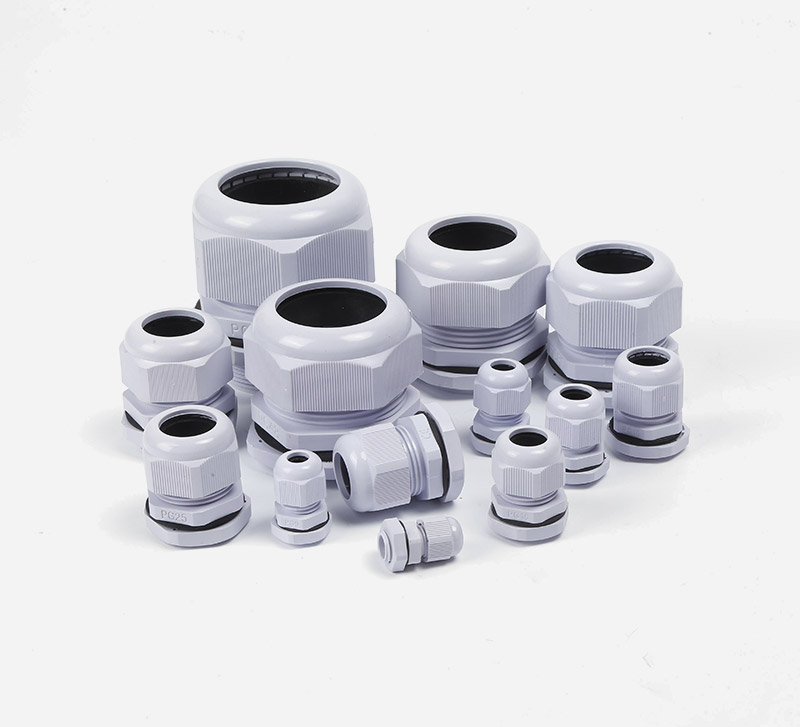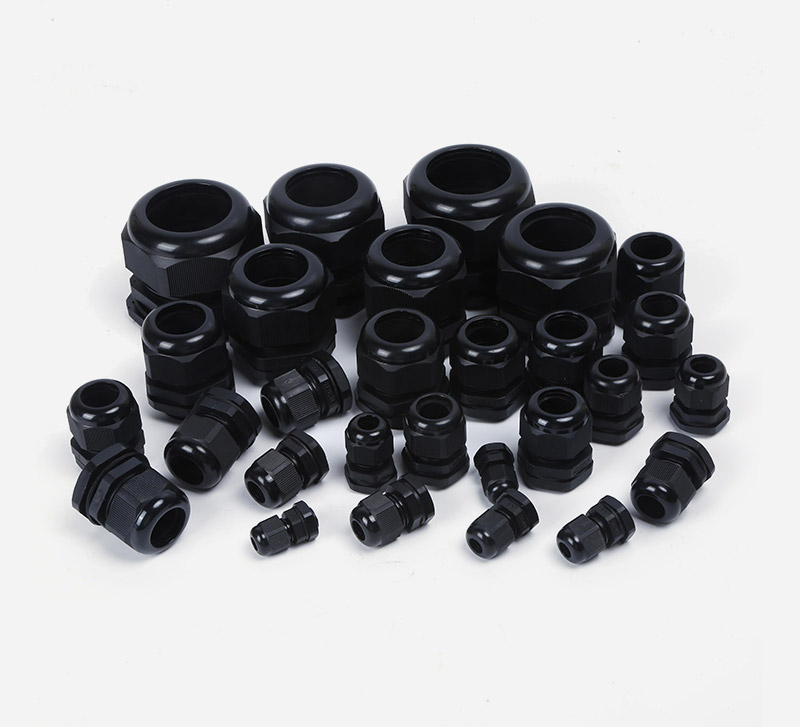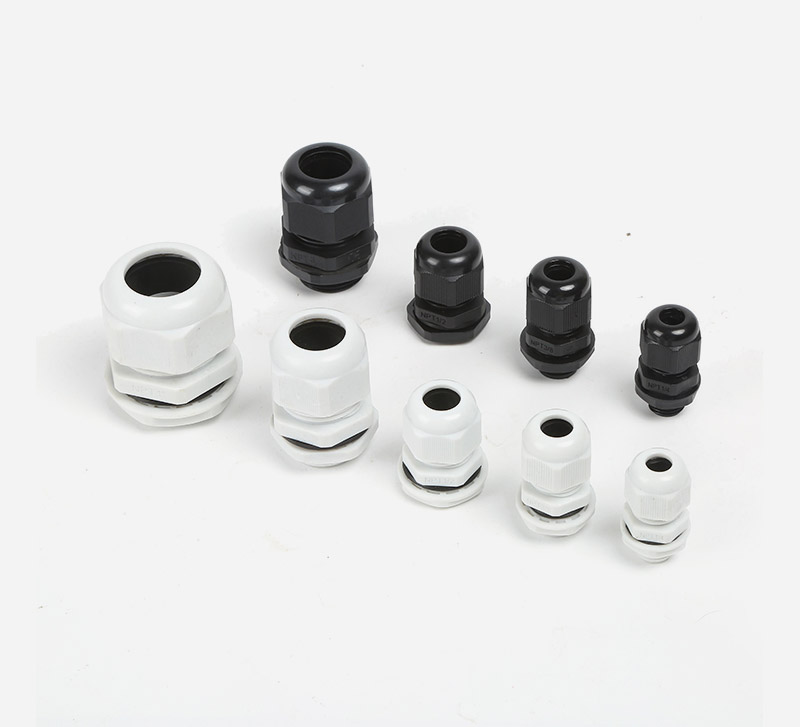Cable Gland Material Guide: Brass, Nylon, Stainless Steel – Which Fits You?
Choosing the wrong cable gland material causes leaks, corrosion, or frequent replacements. We compare brass, nylon, and stainless steel using wzchda.com specs (IP ratings, threads, cost focus) to help you pick the right one for your project.
Material vs. Operating Environment
Pick a material that withstands your space’s humidity, chemicals, and temperature—this ensures long-term reliability.
Brass Cable Glands are ideal for routine industrial spaces (e.g., factory control cabinets) and mild outdoor areas (like covered electrical boxes). They offer IP68 protection to block dust and resist long-term water immersion, are SGS/CE certified for safety, and fit M8-M120, NPT 1/4"-2", G/PG threads—adapting to most standard cables. However, they aren’t suitable for strong chemical environments.
Nylon Cable Glands work best in dry indoor areas (office electrical panels, small appliances) thanks to their lightweight design, which suits low-strain setups like wall-mounted devices. They also have IP68 ratings to keep out dust and spills, plus flexibility for low-vibration spaces, but constant vibration or direct sunlight (which brittles nylon) will shorten their life.
Stainless Steel Cable Glands are built for harsh environments (chemical plants, offshore sites) with corrosion resistance to handle saltwater, acids, and -40℃ to 120℃ temps. They’re durable enough for 24/7 equipment (avoiding downtime from failures) but are overkill for mild or dry spaces.
Installation & Compatibility
Ease of use saves time, even for experienced installers.
Brass balances ease and reliability: it’s malleable enough to tighten without cracking yet sturdy enough to stay secure, and its wide thread range eliminates the need for custom sizes—speeding up installation for tight deadlines.
Nylon is the easiest for beginners, as it can be hand-tightened (no heavy tools) and adapts to slightly irregular cable diameters. A key tip: don’t over-tighten, as this risks stripping the threads.
Stainless Steel requires experience: it needs a wrench and precise thread alignment (to avoid cross-threading) but stays secure in high-vibration areas like factories with large motors.
Cost & Durability
Align your choice with budget and long-term needs.
Brass offers middle-ground value: it’s 30%-50% cheaper than stainless steel, lasts 5+ years (7+ with O-ring replacements), and the site’s low MOQ (10-20 units) cuts inventory costs for small businesses.
Nylon has the lowest upfront cost (20%-30% cheaper than brass) and lasts 3-4 years (2 in harsh indoor temps), making it perfect for temporary projects or tight budgets.
Stainless Steel is a long-term investment: it’s 2-3x pricier than brass but lasts 10+ years (15 with maintenance), saving money over time for harsh-space setups where replacements are hard or costly.
Final Recommendation
Brass Cable Glands: Choose for balanced performance in routine industrial or mild outdoor use.
Nylon Cable Glands: Opt for budget-friendly, short-term dry indoor setups.
Stainless Steel Cable Glands: Go with this for reliable, long-term use in harsh, high-stakes environments.
If you're looking for reliable, certified cable glands that meet these standards for your project, wzchda.com offers a full range of Brass, Nylon, and Stainless Steel cable glands that strictly adhere to IP68 protection and various international thread standards (M/NPT/G/PG). Whether you're working in conventional industrial environments or extreme conditions, we can provide you with highly adaptable, long-lasting, and cost-effective sealing solutions. Visit our website or contact customer service for exclusive product recommendations and quotes.







